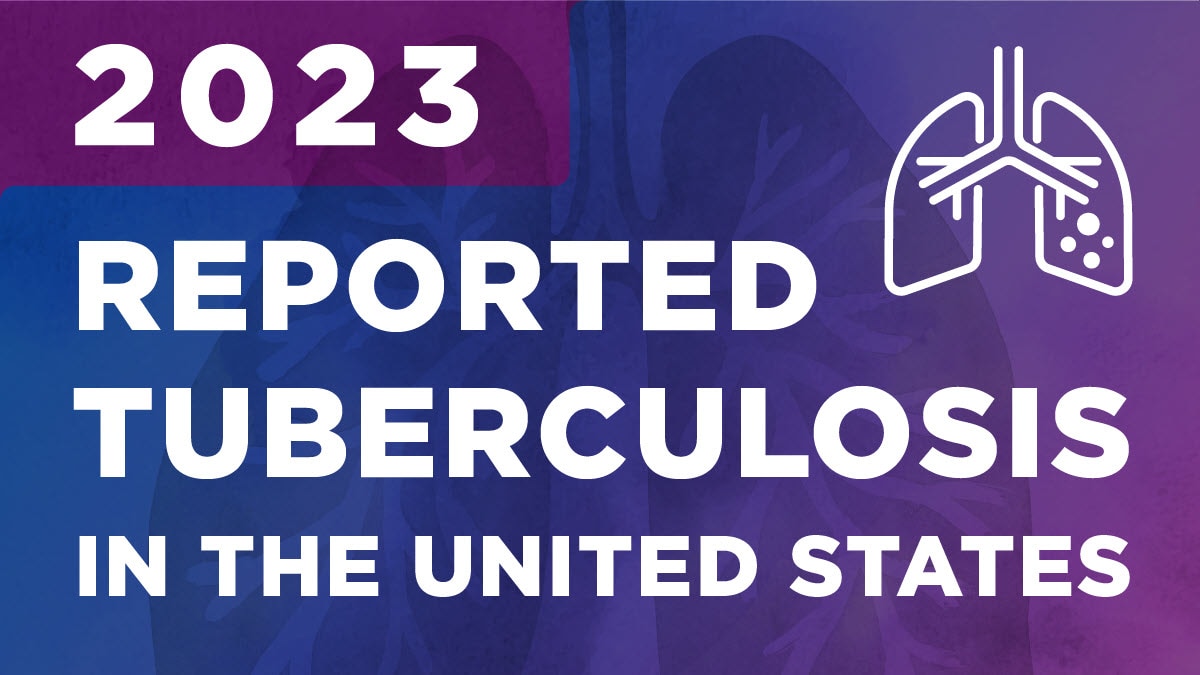Purpose
- Appendix A provides the standardized clinical and laboratory criteria used to confirm that a case meets the definition of tuberculosis (TB) disease for public health surveillance.
- These criteria align with the Council of State and Territorial Epidemiologists Position Statement 09-ID-65.

Tuberculosis case definition for public health surveillance
Tuberculosis case definition for public health surveillance Council of State and Territorial Epidemiologists (CSTE) position statement 09-ID-65
(Revised May 13, 2009)
Clinical description
A chronic bacterial infection caused by Mycobacterium tuberculosis complex, usually characterized pathologically by the formation of granulomas. The most common site of infection is the lung, but other organs may be involved.
Clinical case definition
A case that meets all of the following criteria:
- A positive tuberculin skin test or positive interferon-gamma release assay for M. tuberculosis;
- Other signs and symptoms compatible with tuberculosis (TB) (e.g., abnormal chest radiograph, abnormal chest computerized tomography scan or other chest imaging study, or clinical evidence of current disease);
- Treatment with two or more anti-TB medications; and
- A completed diagnostic evaluation.
Laboratory criteria for diagnosis
Isolation of M. tuberculosis complex from a clinical specimen,A
or
Demonstration of M. tuberculosis complex from a clinical specimen by nucleic acid amplification test,B
or
Demonstration of acid-fast bacilli in a clinical specimen when a culture has not been or cannot be obtained or is falsely negative or contaminated.
Case classification
Confirmed: A case that meets the clinical case definition or is laboratory-confirmed.
Comments: A case should not be counted twice within any consecutive 12-month period. However, a case occurring in a patient who previously had verified TB disease should be reported and counted again if more than 12 months have elapsed since the patient completed therapy. A case should also be reported and counted again if the patient was lost to supervision for greater than 12 months and TB disease can be verified again. Mycobacterial diseases other than those caused by M. tuberculosis complex should not be counted in TB morbidity statistics unless there is concurrent TB.
- Use of rapid identification techniques for M. tuberculosis (e.g., DNA probes, real-time polymerase chain reaction (PCR), sequencing, or mycolic acid high-pressure liquid chromatography (MALDI-TOF) performed on a culture from a clinical specimen) are acceptable under this criterion.
- Nucleic acid amplification (NAA) tests are rapid tests used for direct detection of M. tuberculosis from a clinical specimen. These tests must be accompanied by culture; a culture isolate of M. tuberculosis complex is required for complete drug-susceptibility testing and also genotyping. However, for surveillance purposes, CDC will accept results obtained from NAA approved by the Food and Drug Administration (FDA) and used according to the approved product labeling on the package insert, or a test produced and validated in accordance with applicable FDA and Clinical Laboratory Improvement Amendments (CLIA) regulations.
